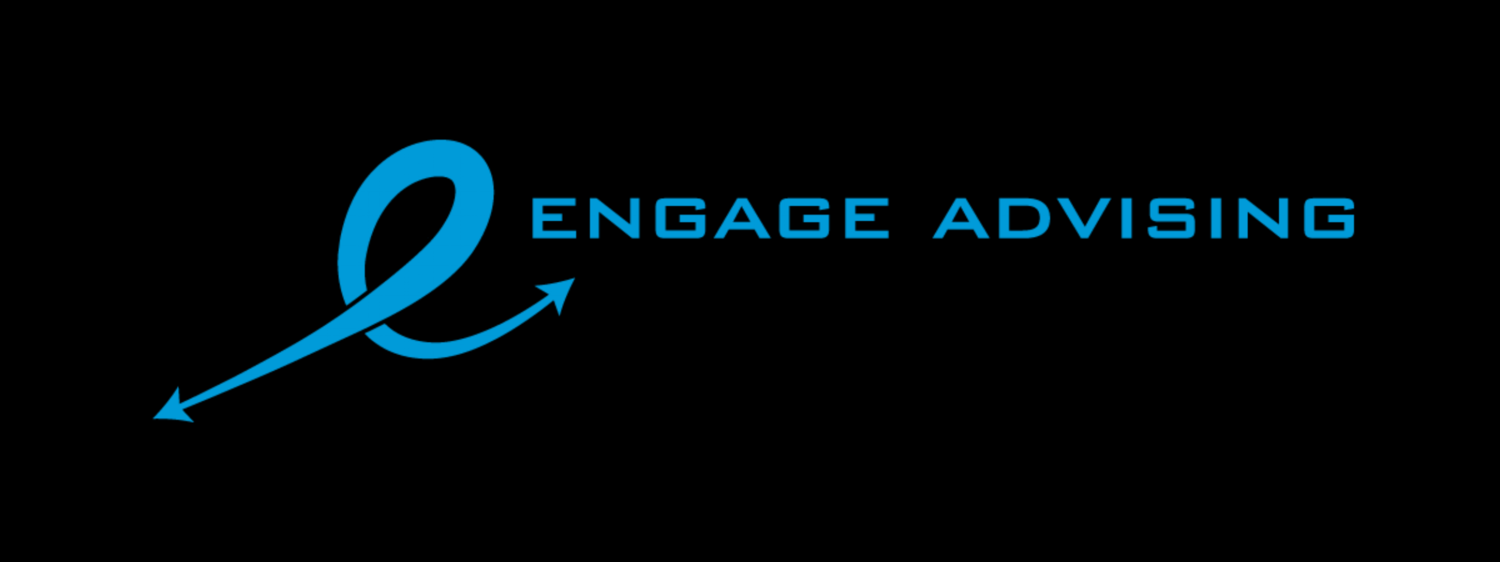My actual binder - in use!
I am early this year with my annual soapbox topic, to have your key documents in an easily accessible, portable binder. It’s late March and we have had an insufficient amount of rain here in California, and many are already worried about fire season. So, it’s time for my annual reminder to have a Grab-N-Go emergency binder! We jokingly say that we have four seasons here in California: flood, fire, earthquake, and riot. Sometimes, we have all four of those in the same week. It’s necessary to have an emergency binder for other reasons as well. Most notably, a medical emergency. It’s not a pleasant thought, but a disaster or health crisis is an event for which we should all plan ahead.
Prepare a special binder, folder, or flash drive for that inevitable day. I call this my Grab-N-Go binder. For most of us, a nice folder should suffice. If you have a lot of complexity to deal with such as multiple investment accounts, businesses, or real estate, you may wish to have a binder with more sections and something that is sturdy. You may even want to back-up your information on a larger flash drive or removable hard drive. All are affordable means and will save you stress and valuable time should you need to access a document after an emergency. You want ALL of your important financial and family documents and records in this binder. You should customize it so that it works for your personal situation. For me, I keep passport copies, auto titles, and important certificates in mine as well as all key financial documents. I have also started backing up my laptop on a regular basis. Something we all should do, but most of us put off doing.
The following is just a sampling of the documents to include (your binder may have more sections and documents):
• Insurance contracts
• Will and/or Trust
• Durable Powers of Attorney
• Medical Directive
• A password list (online accounts, social media platforms, etc.)
• Brokerage account information
• Bank account information
• Real estate deeds and agreements
• Cohabitation agreements (for unmarried couples)
• Family advisor contacts list (attorney, CPA, financial planner, etc.)
• Letter of instruction (in the event you don’t have final instructions in a will)
• IDs such as passports, and copies of your state ID or driver’s license
The following points should be kept in mind regarding your binder or electronic storage option. Be sure to review and update your binder or drive documents at least every six months but not less than annually. It would be a good idea to make sure, for example, that your password list is updated quarterly. Social media platforms and passwords for bank and brokerage accounts may change frequently. You may also need to update your will or powers of attorney if you make changes to your decisions or have new members join your family, or if you simply change your mind about your final medical or financial instructions. Be sure to let every member of the family know where this binder or storage device is located and that it should be packed and taken with you when evacuating. One client keeps hers in the family’s disaster go bag. It’s also a good idea to let a close relative or family friend know about your binder and its location or keep a backup copy for you. If you do not have a family member or friend that you trust, ask your attorney or other personal advisor if they would be willing to safeguard your binder copy.
Keep in mind a bank vault is actually a bad location to store this info. The bank itself could be in the disaster zone and friends and family would not be able to access your personal bank vault.
As an independent CERTIFIED FINANCIAL PLANNER™, I can help you. Contact me and let’s get started on creating some peace of mind. #talktometuesday #Grab-N-Go #binder #documents #CFPPro #documentsyouneed #fire #quake #earthquake #pandemic #todolist #moneydolist


